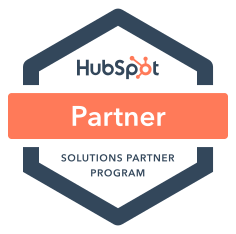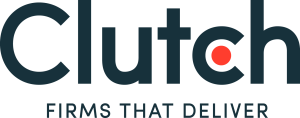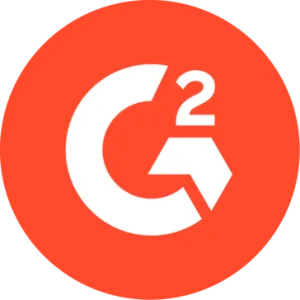


Helping Organizations Grow with HubSpot Consulting and Inbound Marketing
Growth Marketing with HubSpot Inbound Consultants
dJolt offers HubSpot inbound consulting and Inbound marketing services for several years. Our expertise in Inbound Marketing and HubSpot technical consulting has helped several customers in designing a custom Inbound growth plan, creating a long-term inbound marketing strategy as well as make the best use of HubSpot and its features.
Whether you need a simple landing page template or complete HubSpot customization, we work with you to understand your business needs, we guide you on Inbound growth and the best ways to achieve Inbound goals with the subscribed HubSpot tools. Furthermore, our HubSpot consultants teach you Inbound best practices that can be applied in HubSpot and share you Inbound templates, resources and more to scale your business.
At dJolt, we’re all about HubSpot Consulting and Inbound Marketing to ensure your business success.
Your business has its own unique challenges and opportunities when it comes to getting work done. Our team of HubSpot Inbound consultants start with your end goals in mind, work alongside you to achieve Inbound growth. As a Inbound marketing agency, all our team members are HubSpot certified Inbound strategists and HubSpot consultants who work with your marketing and sales teams to create a tailored inbound marketing strategy that incorporates SEO, Paid ads, Media buys, Marketing Automation, CRM and seamless integrations between the platforms.
When you need assistance, we show up with a problem-solving attitude and a mind for innovation. We’re great communicators when it comes to assessing your needs and laying out your options. We also carry the highest levels of Inbound consulting and marketing certifications.


How can our Inbound Consultants help you?








